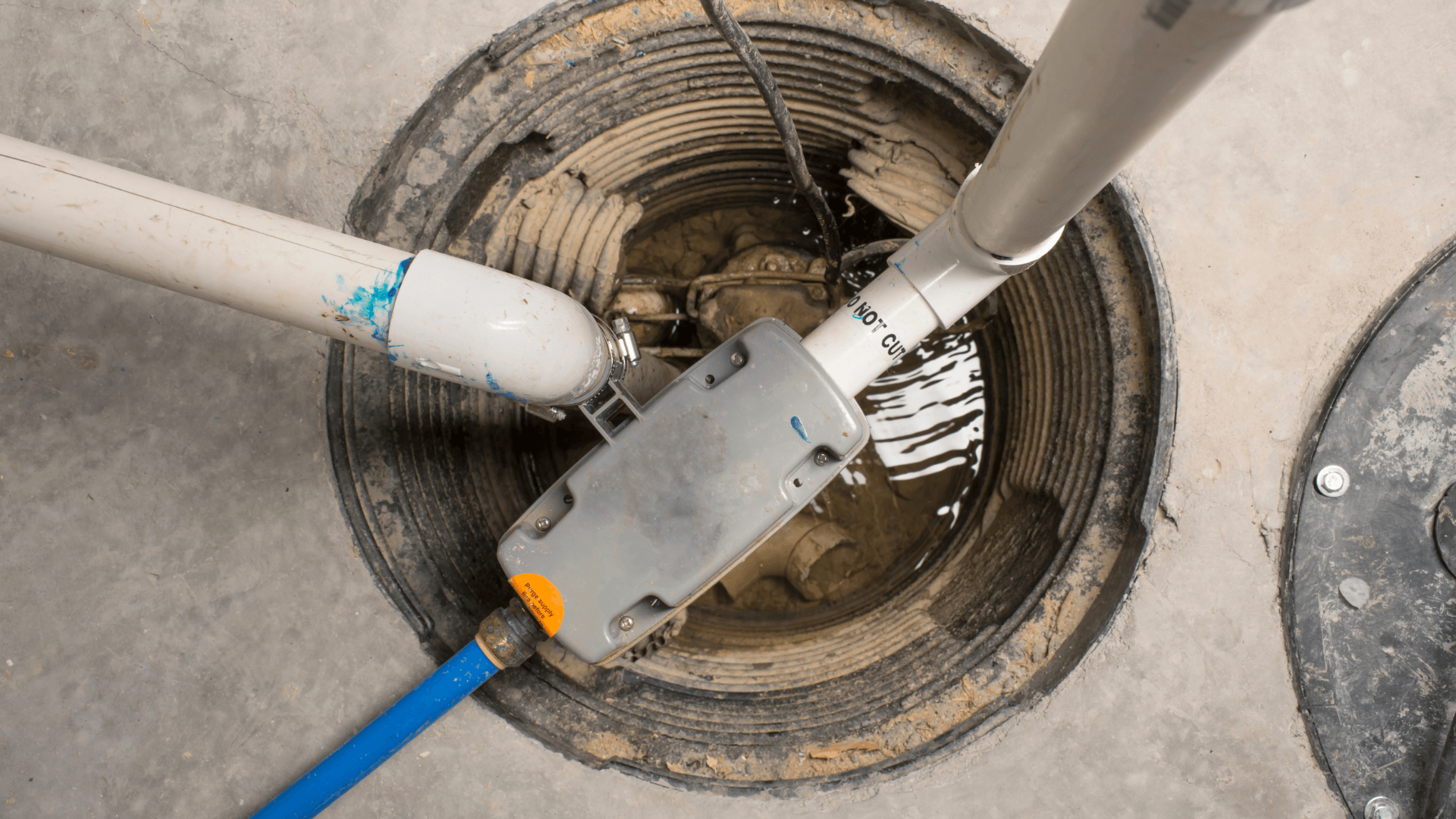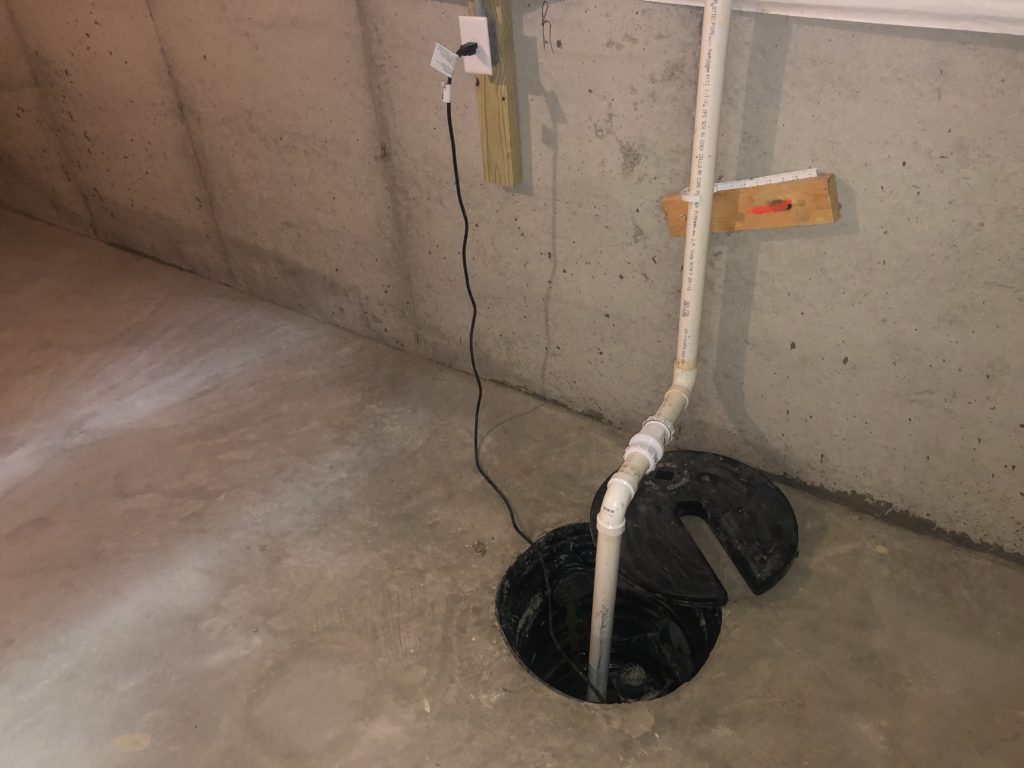Fast Steps to Caring for Your Sump Pump
Fast Steps to Caring for Your Sump Pump
Blog Article
We have unearthed the article involving Keep Your Sump Pump Clean, It'll Keep You Dry directly below on the web and accepted it made perfect sense to write about it with you on my blog.

Sump pumps are essential components in several homes, especially in areas vulnerable to flooding or extreme wetness. They help stop water damages by efficiently removing excess water from basements or crawl spaces. Nonetheless, like any other appliance, sump pumps call for normal maintenance to guarantee they operate efficiently when needed one of the most. Cleansing your sump pump is an important part of its upkeep, and recognizing just how to do it appropriately can save you from pricey repair work and possible catastrophes.
Introduction
Keeping a clean sump pump is essential for its correct functioning and long life. Neglecting this important job can lead to blockages, malfunctions, and inevitably, water damages to your property. Therefore, finding out how to clean up a sump pump is crucial for home owners who rely upon these gadgets to maintain their cellars completely dry and protected.
Indicators of a Dirty Sump Pump
Understanding when your sump pump requires cleansing is important for avoiding possible breakdowns. Some common signs that suggest a filthy sump pump consist of odd sounds during operation, reduced water circulation, and visible debris in the pit. If you discover any of these symptoms, it's necessary to cleanse your sump pump quickly to stay clear of any kind of more problems.
Getting ready for Cleansing
Prior to you begin cleansing your sump pump, it's necessary to take some security precautions. Beginning by shutting off the power to the pump to prevent any electrical mishaps. Additionally, wear appropriate protective equipment, such as handwear covers and goggles, to protect yourself from dirt, debris, and potential pathogens.
Comprehending the Sump Pump
Prior to diving into the cleaning process, it's necessary to have a fundamental understanding of just how a sump pump works. Usually installed in a pit or container listed below the basement flooring, a sump pump includes several vital parts, including a pump, a float switch, and a discharge pipeline. When water accumulates in the pit, the float button activates the pump, which after that pumps the water out with the discharge pipe, far from the building's structure.
Step-by-step Overview to Cleansing a Sump Pump
Turning off the Power
Begin by separating the power supply to the sump pump to stop any type of mishaps while cleansing.
Checking for Appropriate Functioning
Before reinstalling the pump, do a fast examination to guarantee that the float button turns on the pump appropriately. Pour some water into the sump pit and observe the pump's procedure. If everything is functioning correctly, you can reconstruct the pump and reconnect the power supply.
Eliminating Debris and Dust
Make use of a bucket or an inside story to remove any kind of visible debris, dirt, or sediment from the sump pit. Dispose of the particles correctly to stop it from clogging the pump or the discharge pipeline.
Cleaning up the Pump and Float Switch
As soon as the pit is free from debris, very carefully remove the pump from the pit. Check the pump and the float switch for any type of indicators of damages or wear. Utilize a soft brush or fabric to clean up the surfaces and remove any accumulated gunk.
Flushing the System
After cleaning up the pump and float switch, flush the sump pit with tidy water to remove any kind of remaining dust or debris. This will certainly aid ensure that the pump runs efficiently and efficiently.
Maintenance Tips to Keep Your Sump Pump Clean
Along with periodic cleansing, there are a number of maintenance pointers you can comply with to keep your sump pump in ideal problem:
Verdict
Cleaning your sump pump is a crucial element of its maintenance and ensures that it runs properly when you require it one of the most. By adhering to the actions outlined in this guide and including regular upkeep right into your routine, you can expand the lifespan of your sump pump and secure your home from water damages.
6 STEPS ON HOW TO CLEAN A SUMP PUMP PROPERLY
UNDERSTANDING SUMP PUMPS
Your sump pump plays a crucial role in protecting your home by managing and removing excess water. It primarily functions as a “shield”, guarding your basement against the damaging effects of water accumulation. The pump is housed in a sump pit in the lowest part of your basement, and its job is to pump out any water that collects there.
During heavy rainfalls or when snow melts rapidly, water can infiltrate your basement, posing potential risks like flooding, structural damage, and harmful mold growth. Here, the sump pump springs into action, pumping out the intruding water and directing it away from your home.
SAFETY FIRST
Before cleaning, remember to prioritize safety. Disconnect the sump pump from the power source to prevent any accidental electric shocks. Also, wear sturdy gloves to protect your hands from any sharp or dirty components within the pump.
REMOVE THE SUMP PUMP
After ensuring your safety, the next step is to remove the sump pump from its pit. Doing this might require careful maneuvering as you don’t want to damage any pump components. Once removed, clean the sump pit to remove any accumulated debris or sludge.
INSPECT THE PUMP
Inspect the pump for any visible signs of wear or damage. Check the power cord, float switch, and impeller housing. If any components look worn out or damaged, consider replacing them to ensure optimal performance.
CLEAN THE PUMP
Thoroughly clean the pump with warm, soapy water. Make sure to rid it of any dirt, gravel, or other debris that might impede its performance. You can use a toothbrush to clean the small, hard-to-reach parts of the pump.
REINSTALL THE SUMP PUMP
Reinstall the pump into the sump pit Make sure it’s positioned correctly to remove the water effectively Once it’s back in place, reconnect it to the power source TEST THE PUMP
Finally, pour some water into the pit to ensure the pump works correctly. It should start automatically and begin pumping out the water; if it doesn’t, check the power source and the positioning of the pump.
Remember, while cleaning your sump pump is an essential part of home maintenance, hiring a professional plumber for a thorough inspection and cleaning at least once a year is also important. This will ensure that your pump is in optimal condition, ready to protect your home from potential water damage.
BEST PRACTICES FOR CLEANING SUMP PUMP DISCHARGE PIPES
Regular Inspection: Regularly inspect your discharge pipes, especially during heavy rainfall or snowmelt periods. Look for any signs of blockage or damage. Early detection of problems can prevent serious issues down the line. Periodic Cleaning: Over time, sediment and debris can accumulate in the discharge pipes, impeding the flow of water. Regular cleaning helps keep the pipes clear and functioning efficiently. You can use a high-pressure water jet to effectively clean the pipes. Insulation During Winter: In colder climates, discharge pipes can freeze, blocking the outflow of water. Protect your discharge pipes from freezing temperatures by insulating them with foam pipe insulation. This will ensure the sump pump can continue to discharge water even in freezing conditions. Proper Positioning: The discharge pipe should be positioned to direct water away from your home’s foundation. Improper positioning can lead to water seeping back into the basement. Ensure the pipe is long enough and angled correctly. Installation of a Check Valve: A check valve prevents water from flowing back into your sump pit after the pump has pushed it out. Installing a check valve helps maintain the efficiency of your sump pump and reduces the risk of flooding. Minimize Pipe Turns: Every curve or turn in the discharge pipe can decrease the efficiency of water flow. By minimizing turns and bends in your discharge pipe, you can increase the efficiency of your sump pump. https://www.fullspeedplumbing.com/how-to-clean-a-sump-pump-properly9999/

Do you enjoy more info about Steps to Cleaning Your Sump Pump Properly? Try leaving a remark down below. We'd be delighted to hear your feelings about this post. We hope that you come back again later on. Do you know somebody who is fascinated by Steps to Cleaning Your Sump Pump Properly? Be sure share it. Thanks so much for going through it.
Get Offer Report this page